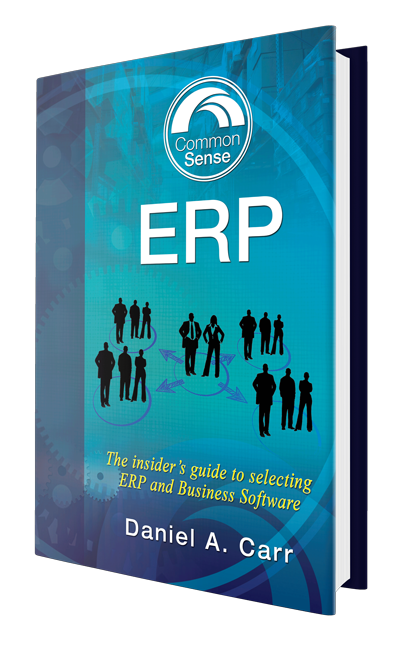Chapter 4
Where to Start
Chances are you are not an IT professional and your strength lies in engineering, sales, design or some other skill that helped get you and your business to where they are today. You are most likely at the top of your profession and let’s face it; entrepreneurs pretty much feel that can do anything, right? Small business owners and managers are generally the type of people who are strong leaders and are not scared of anything (even when they should be). They tend to tackle every project head on with reckless abandon and passion. The results, along with a successful business is a trail of tears that is littered with wasted time and money, a section of the warehouse that stores the things that didn’t work and a damaged morale of the workers who tried to succeed in implementing the failures of the past. However, most of those failed items were project driven such as a CNC machine that wasn’t as good as you thought, or the shipping station that ended up not working with your shipping provider, or the time clock that was going to automatically keep track of breaks and overtime yet it ended up just causing resentment and mistakes or even the delivery truck you bought to save money on local deliveries only to find that UPS, FedEx and DHL might have a point about their rates being fair. We all have a war chest of failures and stories to go with them because we aren’t scared to try new things, we are explorers by nature and we understand that most rewards are preceded by risk. I get all of that......












